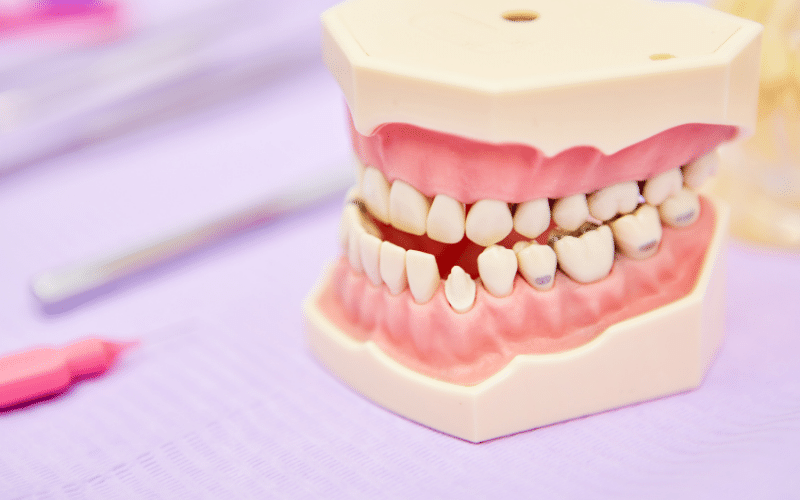Fact 2: Types of Malocclusion

It’s quite a misconception to think that all dental misalignments are the same. Malocclusion, a complex condition, manifests itself in various forms. To understand the depth and breadth of this issue, one needs to comprehend its classifications. These categorizations aren’t just for academic purposes; they guide dental professionals in their diagnostic and therapeutic endeavors, tailoring treatments to specific needs.
Often mistaken as a minor issue, Class I is the most common form of malocclusion. At first glance, the bite might seem normal. But a closer look reveals a slight overlap of the upper teeth over the lower ones. This minor overlap, though subtle, can lead to a multitude of problems, from uneven wear and tear to potential jaw issues. It’s this deceptive simplicity that can sometimes lead patients to neglect its significance, brushing it off as a trivial concern.
In the realm of malocclusion, Class II stands out, commonly known as retrognathism or the overbite. Here, the upper jaw and teeth don’t just overlap; they dominate the lower set significantly. This isn’t merely an aesthetic dilemma. Individuals with Class II often face functional challenges, from difficulties in chewing to potential speech impediments. Moreover, this type can influence one’s facial profile, sometimes leading to reduced self-confidence.
The antithesis to Class II is Class III malocclusion, also known as prognathism or the underbite. Here, it’s the lower jaw that takes center stage, jutting out prominently. As a result, the lower teeth daringly overlap the upper set. The challenges here aren’t just limited to functional issues like chewing but extend to aesthetic concerns, with a pronounced chin being a common characteristic. More than just looks, this condition can significantly impact the structural harmony of the mouth. (2)